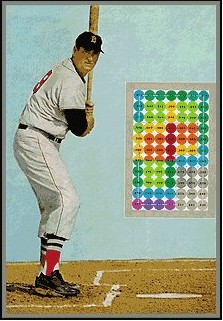Please I need your thoughts/comments on the below situation:
Situation: Well talented varsity baseball team, currently 1-6 against competition that the team played even against during fall and summer. Coach blames players for lack of leadership and being individuals and that is in part why they are not performing better along with not hitting other than 2 players. Most players are between 100 -.200 average and striking out tons. Once the season started the coach revealed his pet peeve rule for winning games: all batters are to take one strike before they can swing the bat including the senior future D1 guys (2 of them) if you do not then you get benched. This rule applies to all at bats the entire game, whether the score is tied , or your down by 3 or up by 4, or 2nd and third 2 outs and down by 1, take a strike, period. His thought is its more important for players to learn how to work the count, and then keep working it in the hopes of getting a mistake to hit. Just today we were down 5-2 bottom of 4th 2 outs bases loaded and our player asked if he could swing at a first pitch fast ball if it’s a strike and coach said no, take a strike, well the first pitch was right down middle, then batter faced 2 very good curves and struck out to end the inning.
What does our community think of this? Pro or con ?
What does this do to the players?
Thanks
Original Post

